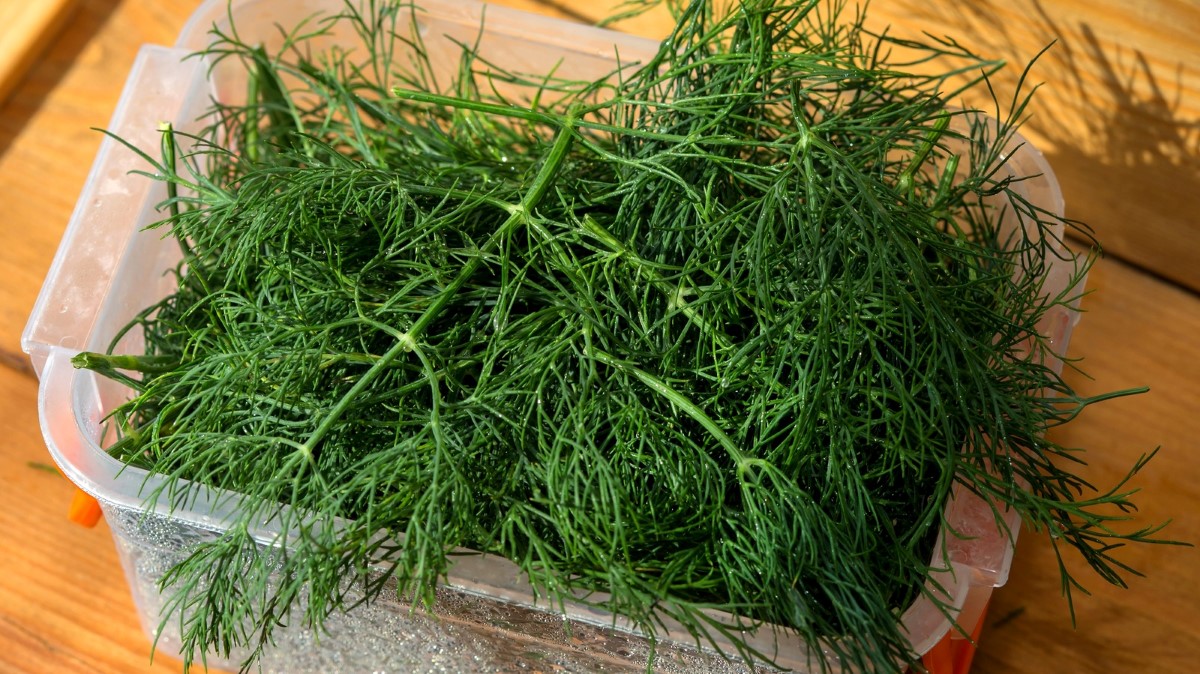

Articles
How To Store Fresh Cut Dill
Modified: February 23, 2024
Learn how to store fresh cut dill effectively with our informative articles. Discover the best methods to prolong its freshness and flavor.
(Many of the links in this article redirect to a specific reviewed product. Your purchase of these products through affiliate links helps to generate commission for Storables.com, at no extra cost. Learn more)
Introduction
Fresh dill is a versatile herb that adds a delightful flavor to a wide range of dishes. Whether you’re using it in salads, soups, sauces, or pickling, dill can elevate the taste profile of your culinary creations. However, to fully enjoy the freshness and distinct aroma of dill, it is crucial to store it properly after it has been cut.
Proper storage not only helps to preserve the flavor and texture of fresh dill but also extends its shelf life. Whether you’ve harvested dill from your garden or purchased it from the store, knowing how to store it correctly will ensure that you have a supply of fresh dill on hand whenever you need it.
In this article, we will discuss the importance of properly storing fresh cut dill and explore various methods to keep it fresh for longer periods. So let’s delve into the world of dill storage and discover the best techniques to make the most of this delightful herb.
Key Takeaways:
- Properly storing fresh cut dill is crucial for maintaining its flavor, aroma, and nutritional value. Refrigeration, freezing, oil infusion, and vinegar flavoring are effective methods to extend the shelf life and enhance culinary creations.
- Safety precautions, such as using fresh dill, proper preparation, and cleanliness, are essential for optimal dill storage. Following these measures ensures freshness, minimizes waste, and promotes food safety.
Read more: How To Store Fresh Dill
Importance of Properly Storing Fresh Cut Dill
Properly storing fresh cut dill is key to maintaining its flavor, aroma, and freshness. When dill is exposed to air, moisture, and improper storage conditions, it can quickly lose its quality and eventually wilt or spoil.
By storing fresh dill correctly, you not only prolong its shelf life but also ensure that it retains its vibrant color and robust flavor. This is especially important if you’re planning to use dill in small amounts over an extended period of time.
Moreover, when you store fresh dill properly, you’ll have it readily available for use whenever you need it. This eliminates the hassle of having to run to the store or settle for dried dill when a recipe calls for fresh dill.
Proper storage of dill also prevents wastage and saves you money. Instead of throwing away wilted or spoiled dill, you can maximize its usability by storing it in a way that maintains its freshness and flavor.
Additionally, storing fresh cut dill properly helps to retain its nutritional value. Dill is rich in vitamins A and C, as well as minerals like calcium and iron. By keeping it fresh, you ensure that these nutrients are preserved, making it a wholesome addition to your meals.
Finally, properly storing fresh dill also allows you to enjoy its aroma. The scent of dill adds an enticing element to dishes and enhances the overall eating experience. By storing it correctly, you can savor the delightful fragrance of dill in your culinary creations.
Now that we understand the importance of properly storing fresh cut dill, let’s explore the different methods you can use to keep this herb at its best.
Choosing the Right Storage Container
When it comes to storing fresh cut dill, choosing the right storage container is crucial. The container you use should provide the ideal conditions to maintain the freshness and quality of the herb.
Firstly, opt for a container that is clean and dry. Any residual moisture or dirt in the container can accelerate the wilting and spoilage of dill. Make sure to wash and dry the container thoroughly before adding the dill.
For storing fresh cut dill, it is best to use a container that is transparent or translucent. This allows for easy visibility, allowing you to monitor the condition of the dill without having to open the container frequently.
Airtight containers offer the best protection against moisture and air exposure, which can degrade the quality of dill. Look for containers with secure lids or seals that ensure a tight closure. This will help to maintain the freshness and flavor of the herb for a longer period.
Alternatively, you can opt for containers with perforations or breathable lids. These allow for some airflow while still providing the necessary protection against excessive moisture. The ability to regulate airflow helps in preventing the accumulation of condensation, which can lead to the wilting of dill.
If you don’t have an airtight or perforated container, you can also use plastic bags as a temporary storage solution. Place the fresh cut dill inside a plastic bag and loosely tie the top to allow for some airflow. Remember to store the bag upright to prevent the leaves from being crushed or damaged.
It is important to note that the container should be of an appropriate size. A container that is too large can lead to excess air inside, causing the dill to wilt faster. On the other hand, a container that is too small can crush the leaves and compromise their quality.
By choosing the right storage container that meets these criteria, you can create an optimal environment for storing fresh cut dill and ensure its longevity and freshness.
Preparing Dill for Storage
Before storing fresh dill, it is essential to prepare it properly to ensure optimal storage conditions. Here are some steps to follow when preparing dill for storage:
- First, inspect the fresh cut dill for any signs of damage or wilting. Remove any yellowed leaves or stems that appear wilted or slimy. Only select the freshest and healthiest dill for storage.
- Gently rinse the dill under cold water to remove any dirt or debris. Be careful not to bruise or damage the delicate leaves and stems.
- Once the dill is clean, thoroughly pat it dry with a clean kitchen towel or paper towels. Excess moisture can cause the dill to spoil quickly, so it is important to remove as much water as possible.
- If you have a large bunch of dill, consider dividing it into smaller portions. This allows you to use only what is needed while keeping the rest fresh. It also helps to minimize the chances of cross-contamination between different herbs or vegetables being stored together.
- If desired, you can also trim the ends of the dill stems by about 1 inch. This creates fresh cuts that can absorb water and stay hydrated for longer.
Once you have prepared the fresh cut dill, it is now ready for storage. Proper preparation ensures that the dill remains fresh and maintains its flavor and texture for an extended period.
Now let’s explore the different methods of storing fresh cut dill to keep it fresh and flavorful.
Refrigeration Storage Method
One of the most common and effective methods for storing fresh cut dill is refrigeration. Proper refrigeration helps to maintain the freshness and quality of the herb by slowing down the wilting process and preserving its delicate flavor.
Here are the steps to follow when using the refrigeration storage method:
- Start by preparing the fresh cut dill following the steps mentioned earlier. Ensure that the dill is clean, dry, and free from any damaged or wilted parts.
- Next, take a glass or plastic container with an airtight lid. Place the prepared dill inside, making sure not to overcrowd the container.
- Seal the container tightly to prevent air and moisture from entering. This will help to maintain the freshness and prevent the dill from wilting too quickly.
- Label the container with the date of storage to keep track of its freshness. Dill usually stays fresh in the refrigerator for up to 1 to 2 weeks.
- Store the container in the refrigerator at a temperature between 32°F (0°C) and 40°F (4°C). Avoid placing it near the back of the refrigerator or in areas with fluctuating temperatures.
It’s important to note that dill is a delicate herb, and proper handling is essential to maintain its quality. Avoid crushing or squeezing the dill leaves, as this can cause them to bruise and wilt faster.
When using fresh cut dill from the refrigerator, take out only the amount you need and promptly return the remaining dill to the refrigerator. This helps to minimize exposure to air and maintain its freshness.
Refrigeration is an excellent storage method for fresh cut dill as it maintains its flavor and extends its shelf life. However, if you’re looking for a longer storage option, freezing is a viable alternative.
Next, we will explore the freezing storage method for fresh cut dill.
Store fresh cut dill by wrapping it in a damp paper towel and placing it in a plastic bag in the refrigerator. It will stay fresh for up to a week.
Read more: How To Store Cut Dill
Freezing Storage Method
Freezing is an excellent method for storing fresh cut dill for longer periods, allowing you to enjoy its flavor even when it’s out of season. This method helps to preserve the aroma and texture of dill, ensuring that it retains its quality until it’s ready to be used.
Here’s how you can freeze fresh cut dill:
- Prep the dill by following the preparation steps mentioned earlier, ensuring that it’s clean, dry, and free from any damaged parts.
- If you have whole dill sprigs, you can choose to freeze them as is or chop them into smaller pieces. Chopped dill is more convenient if you plan to use specific amounts in recipes.
- Take an ice cube tray and fill each compartment with the chopped dill or individual dill sprigs. Make sure not to overcrowd the compartments.
- Pour a small amount of water or vegetable broth into each compartment to cover the dill completely. This step helps to retain the freshness and prevent freezer burn.
- Place the ice cube tray in the freezer and allow the dill to freeze completely. This usually takes a few hours.
- Once the dill is frozen, remove the dill cubes from the tray and transfer them to a freezer-safe storage bag or container. Label the container with the date for easy reference.
- Return the dill cubes to the freezer and store them at a temperature of 0°F (-18°C) or below. Dill cubes can stay fresh in the freezer for up to 6 months.
When using frozen dill, simply take out the desired number of dill cubes and add them directly to the recipe you’re preparing. There’s no need to thaw the dill beforehand, as the flavor and aroma will quickly infuse into your dishes.
Freezing fresh cut dill is a convenient way to have this flavorful herb available year-round. With the frozen storage method, you can enjoy the taste of dill in various recipes without worrying about its availability or freshness.
While refrigeration and freezing are popular storage methods, another interesting option is to store dill in oil. Let’s explore this unique storage method next.
Storing Dill in Oil
Storing fresh cut dill in oil is a unique method that not only helps to preserve the herb but also infuses the oil with its delightful flavor. This creates a versatile herb-infused oil that can be used in various dishes and recipes.
Here’s how you can store dill in oil:
- Prepare the fresh cut dill by cleaning and drying it thoroughly. Remove any damaged or wilted parts.
- Take a glass jar or bottle with a tight-sealing lid. Ensure the container is clean and dry before adding the dill.
- Place the dill sprigs or chopped dill into the container, loosely packing them to allow sufficient contact with the oil.
- Fill the container with a high-quality oil of your choice, such as olive oil or sunflower oil. Make sure to completely submerge the dill in the oil.
- Seal the container tightly and give it a gentle shake to distribute the oil evenly. This will help to ensure that the dill is completely coated and protected from air exposure.
- Label the container with the date of storage and store it in a cool, dark place, such as a pantry or cupboard.
- The dill-infused oil can be used immediately, but for optimal flavor, it is recommended to let it steep for at least a week. The longer the infusion time, the more intense the dill flavor.
When using the stored dill in oil, simply remove the desired amount of dill from the container and use it in your recipes. The oil can also be used as a flavorful dressing or drizzle over salads or grilled vegetables.
It is important to note that storing dill in oil carries some risks. The main concern is the potential growth of harmful bacteria, such as botulism, if the oil is not stored properly or if the dill is not adequately dried. Use clean and dry containers, and ensure that the dill is completely submerged in the oil to minimize the risk of bacterial growth.
Storing dill in oil is a creative and flavorful way to preserve this herb while also enhancing your culinary creations with its essence. However, it’s essential to practice safety precautions to prevent any potential health risks.
Now that we’ve explored storing dill in oil, let’s discover another fascinating use of dill as a flavoring for vinegar.
Using Dill as a Flavoring for Vinegar
Dill can bring a unique and refreshing flavor to various dishes, and one delicious way to incorporate it is by using dill as a flavoring for vinegar. This infusion not only adds a subtle dill taste to your dishes but also creates a versatile ingredient that can be used in dressings, marinades, and more.
Here’s how you can make dill-infused vinegar:
- Begin by thoroughly cleaning and drying the fresh dill. Remove any damaged or wilted parts and chop the dill into smaller pieces.
- Take a glass bottle or jar with a tight-sealing lid. Make sure the container is clean and dry before adding the dill.
- Place the chopped dill into the container, packing it loosely to allow for good contact with the vinegar.
- Next, choose a vinegar of your preference, such as white wine vinegar or apple cider vinegar. Pour the vinegar into the container, completely covering the dill.
- Seal the container tightly and give it a gentle shake to distribute the dill and infuse the flavor into the vinegar.
- Label the container with the date of infusion and store it in a cool, dark place, such as a pantry or cupboard.
- Allow the dill and vinegar to infuse for at least one week. The longer the infusion time, the stronger the dill flavor will be.
Once the dill-infused vinegar is ready, you can use it in a variety of ways. It can be used as a base for salad dressings, as a marinade for meats and vegetables, or even as a flavorful addition to sauces and soups.
The dill-infused vinegar also makes a fantastic homemade gift. Pour the vinegar into decorative bottles, add a sprig of fresh dill for visual appeal, and attach a personalized label or tag with usage suggestions.
It’s important to keep in mind that infused vinegars have a limited shelf life. While the acidity of the vinegar helps to preserve it, over time, the flavor of the dill may diminish. It is best to consume the dill-infused vinegar within a few months for optimal flavor.
By using dill as a flavoring for vinegar, you can add a burst of dill freshness to your favorite recipes while creating a unique and customizable ingredient that enhances your culinary creations.
Now that we’ve explored the various methods of storing dill and using it as a flavor enhancer, it’s important to keep some safety precautions and tips in mind. Let’s delve into those next.
Safety Precautions and Tips
When it comes to storing and using fresh cut dill, it is important to follow certain safety precautions and tips to ensure the preservation of quality and minimize any potential health risks. Here are some safety measures to keep in mind:
- Always start with fresh and high-quality dill. Avoid using dill that shows signs of wilting, discoloration, or sliminess.
- Thoroughly wash the dill before storing or using it to remove any dirt, debris, or potential contaminants.
- Dry the dill thoroughly after washing to prevent excess moisture, which can lead to wilting or spoilage.
- Choose clean and dry containers for storage, whether it is for refrigeration, freezing, oil infusion, or vinegar flavoring.
- Keep the storage containers tightly sealed to prevent air and moisture from entering, which can accelerate the wilting and spoilage of the dill.
- Label the containers with the date of storage or infusion to keep track of the freshness and ensure timely consumption.
- Store the dill in proper conditions according to the chosen storage method, whether it is in the refrigerator, freezer, or at room temperature for oil and vinegar infusions.
- Practice safe food handling and storage practices to prevent the growth of harmful bacteria, such as botulism. Make sure to use clean utensils, containers, and surfaces during the preparation and storage of dill.
- When using dill from refrigeration or freezing, promptly return the unused portion to the proper storage conditions to maintain its freshness.
- Discard any dill that shows signs of spoilage, such as a slimy texture, foul odor, or mold growth.
By following these safety precautions and tips, you can ensure the optimal storage and use of fresh cut dill, minimizing food waste and promoting food safety.
Now that we’ve covered the safety precautions and tips, let’s summarize the key points we’ve discussed in this article.
Read more: How To Store Fresh Dill Weed
Conclusion
Properly storing fresh cut dill is essential to maintain its flavor, aroma, and freshness. Choosing the right storage container, preparing the dill correctly, and selecting the appropriate storage method are key factors in ensuring the longevity and quality of this versatile herb.
Refrigeration is a common and effective method for storing fresh cut dill. By following proper preparation and using a clean, airtight container, you can maintain the freshness of dill for up to 1 to 2 weeks.
If you want to extend the shelf life of fresh dill, freezing is an excellent storage option. By chopping and freezing dill in water or broth-filled ice cube trays, you can have dill cubes ready to use for up to 6 months.
Another creative way to store dill is by infusing it in oil. However, it’s important to follow safety precautions to minimize the risk of bacterial growth. The dill-infused oil can be used to enhance the flavor of various dishes.
Add a unique touch to your recipes by using dill as a flavoring for vinegar. By allowing dill to infuse in vinegar, you create a versatile ingredient that can be used in dressings, marinades, and more.
Throughout the process of storing and using fresh cut dill, it is crucial to practice safety precautions. This includes using fresh dill, ensuring cleanliness, maintaining proper storage conditions, and promptly discarding any spoiled dill.
In conclusion, by properly storing fresh cut dill, you can enjoy its vibrant flavor, fragrance, and nutritional value for longer periods. Whether you refrigerate, freeze, infuse in oil, or flavor vinegar with dill, these methods allow you to have this delightful herb readily available for your culinary creations.
So, the next time you have fresh cut dill on hand, remember these tips and techniques to make the most of this versatile herb. Happy cooking!
Frequently Asked Questions about How To Store Fresh Cut Dill
Was this page helpful?
At Storables.com, we guarantee accurate and reliable information. Our content, validated by Expert Board Contributors, is crafted following stringent Editorial Policies. We're committed to providing you with well-researched, expert-backed insights for all your informational needs.
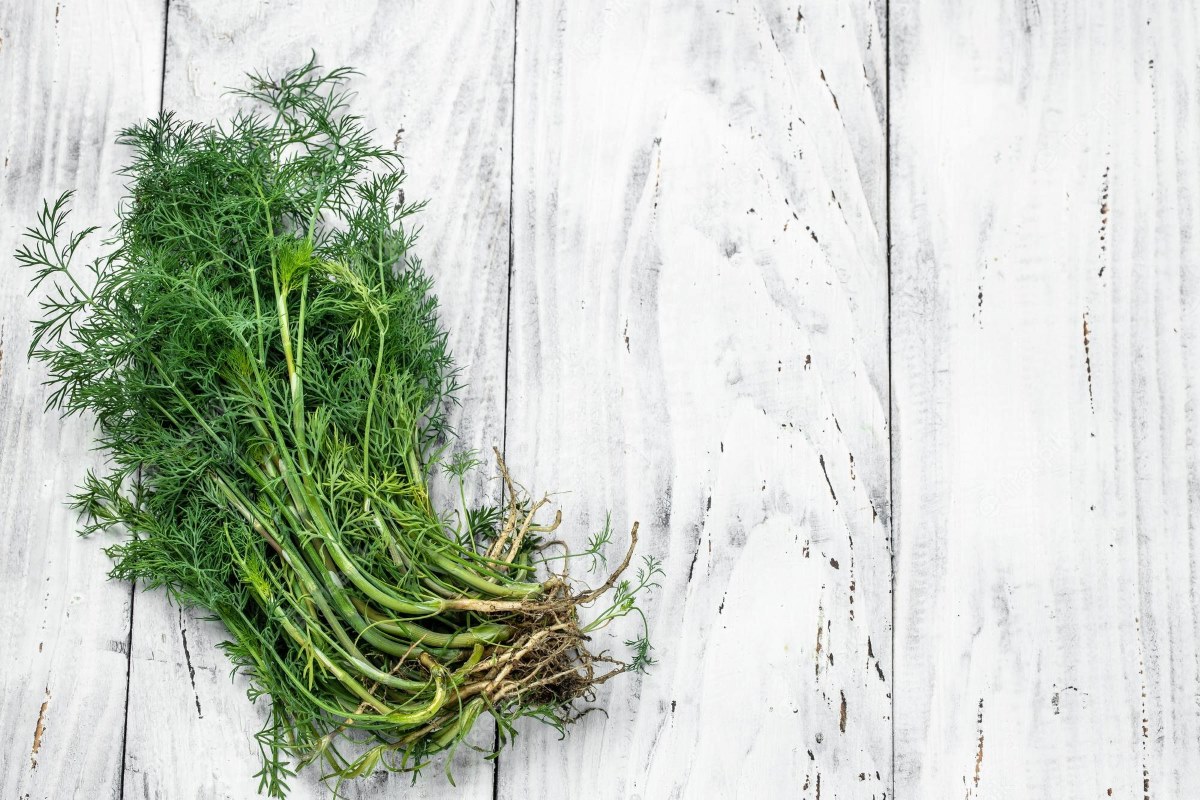
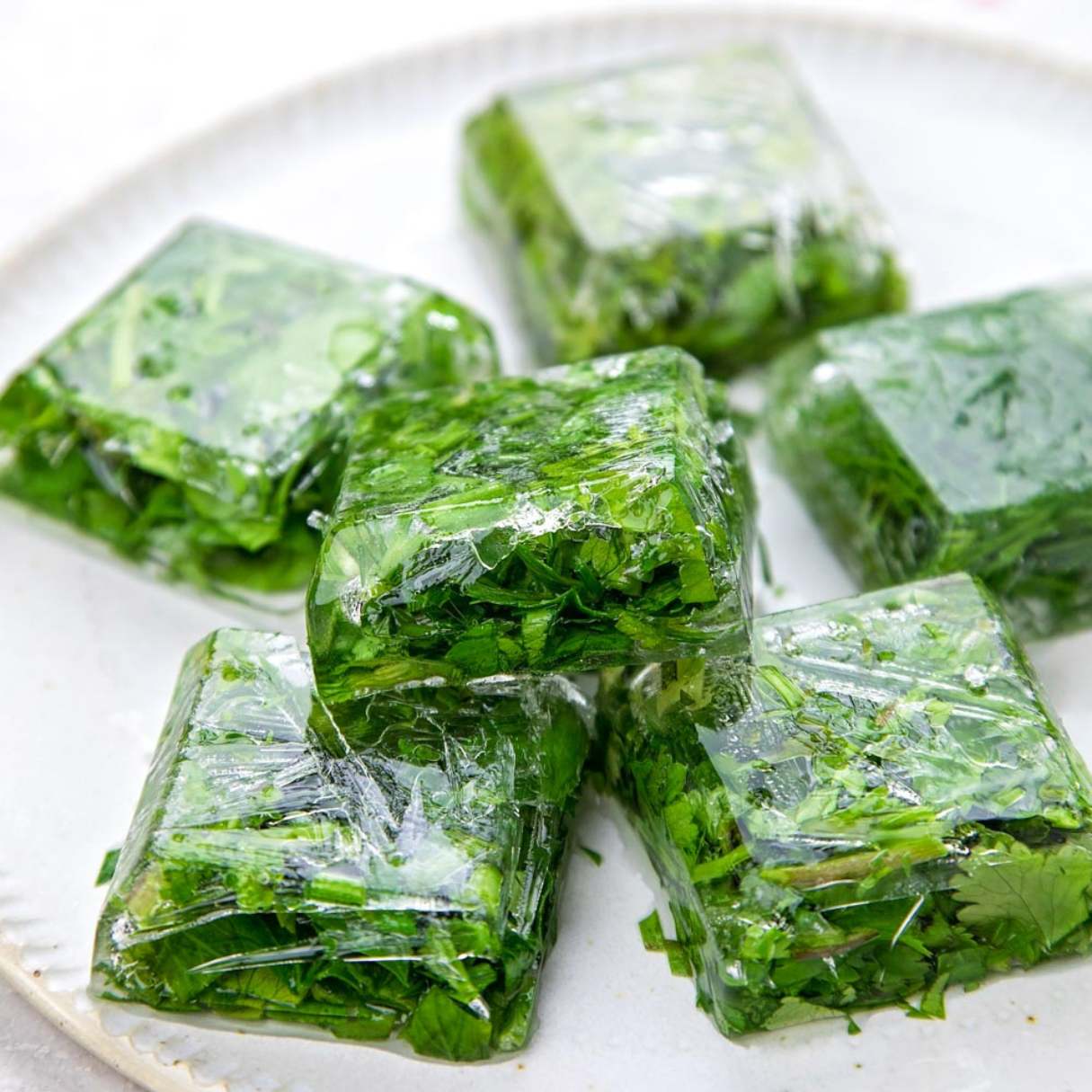
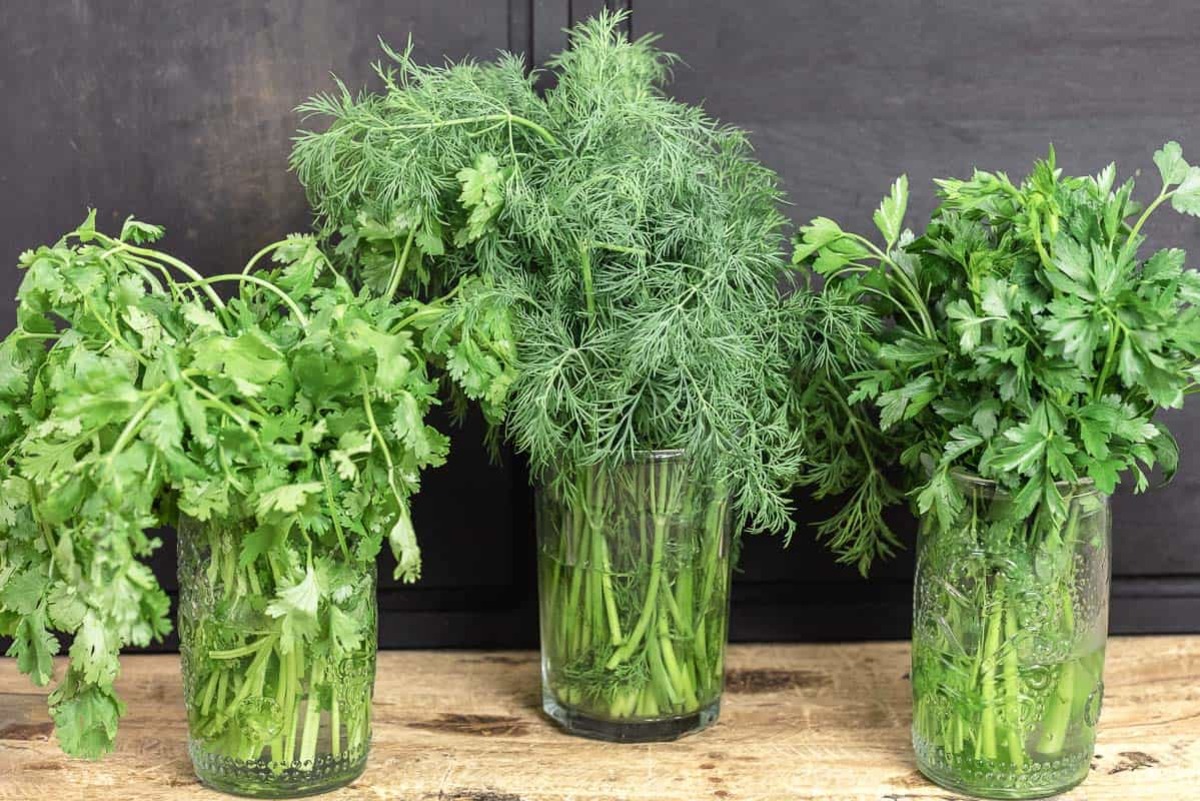

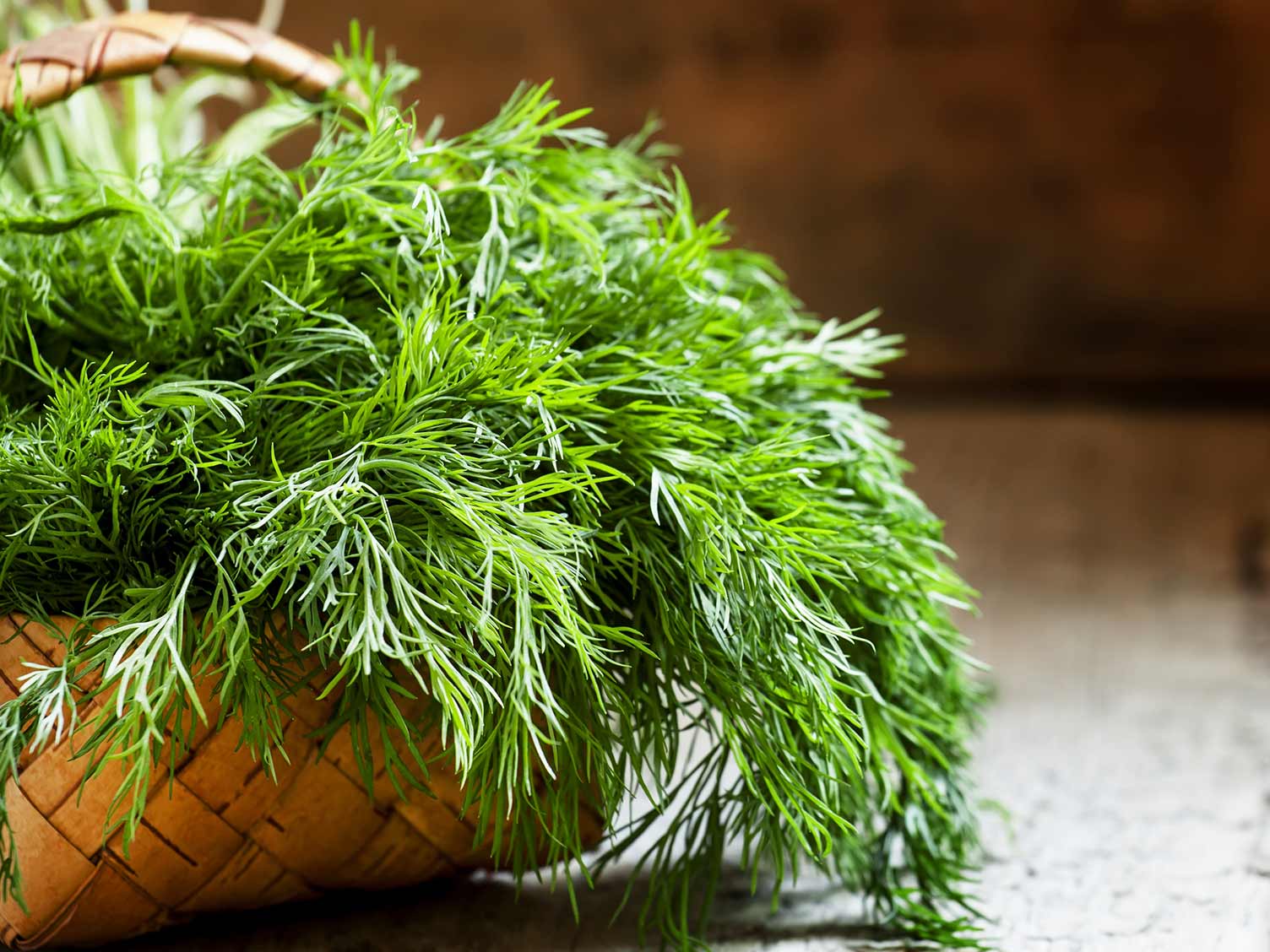
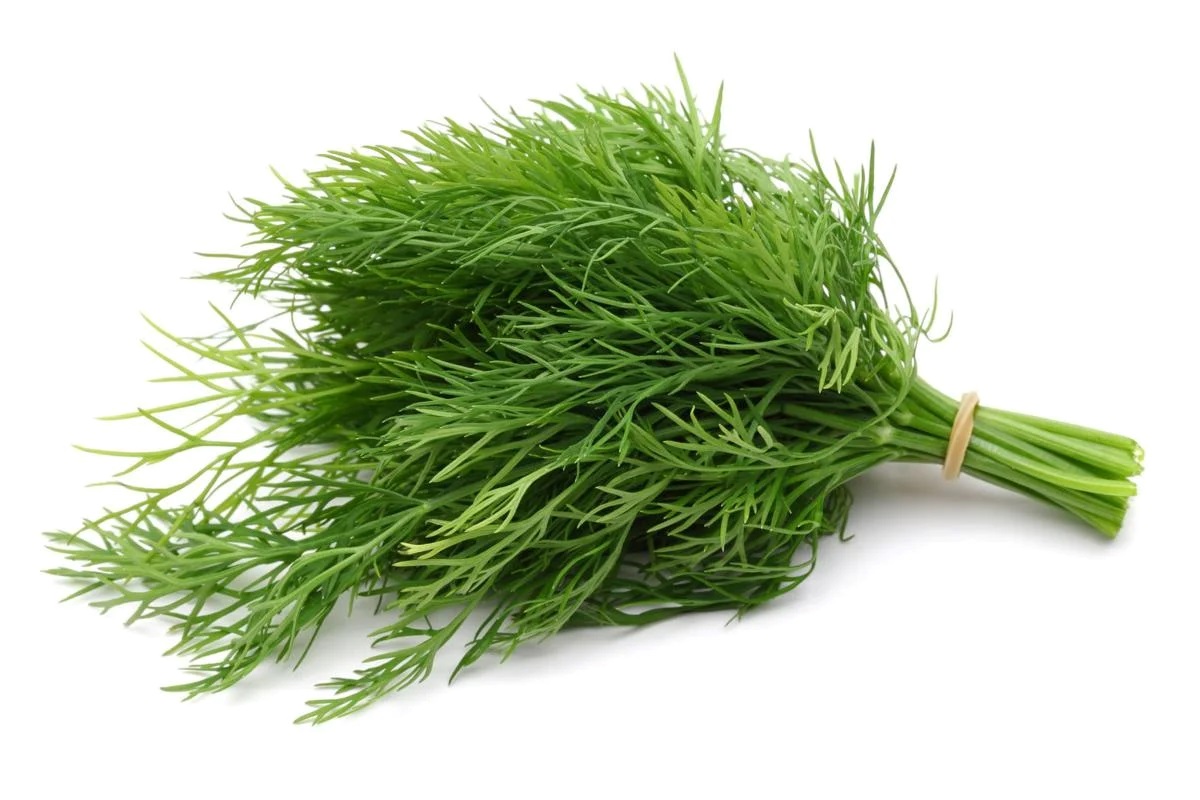
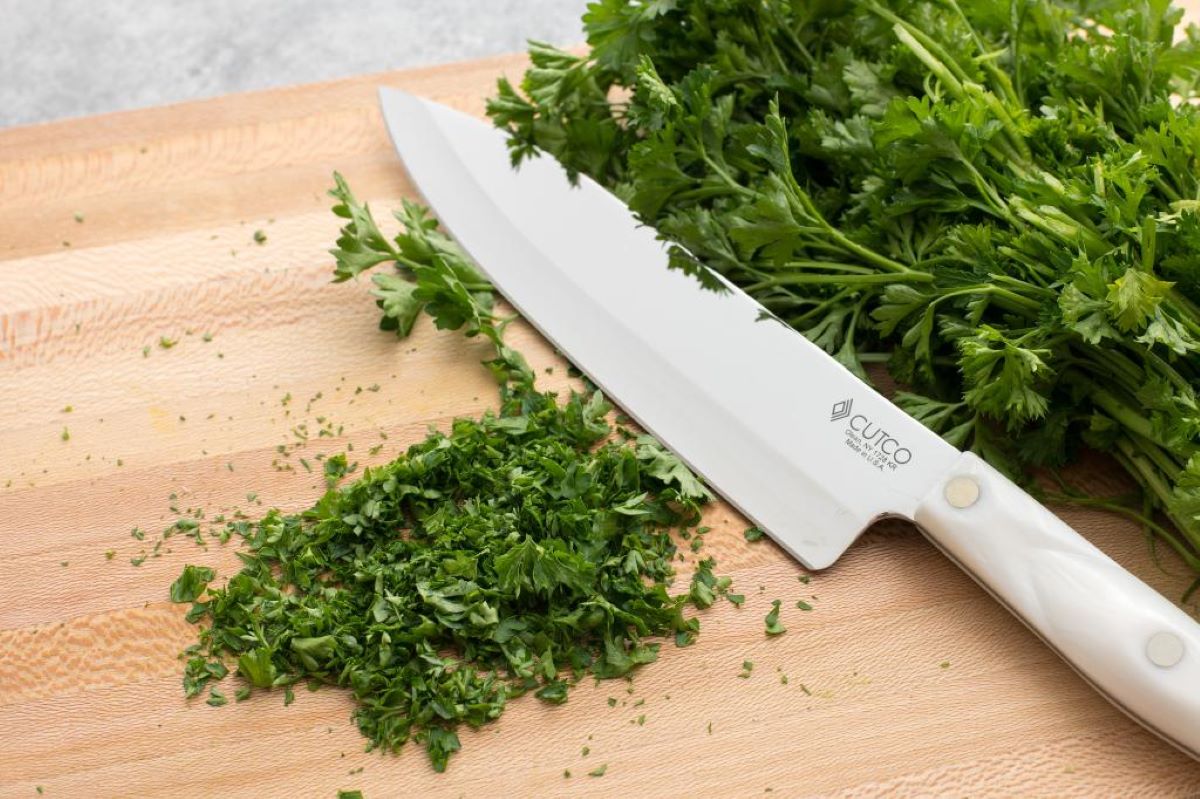
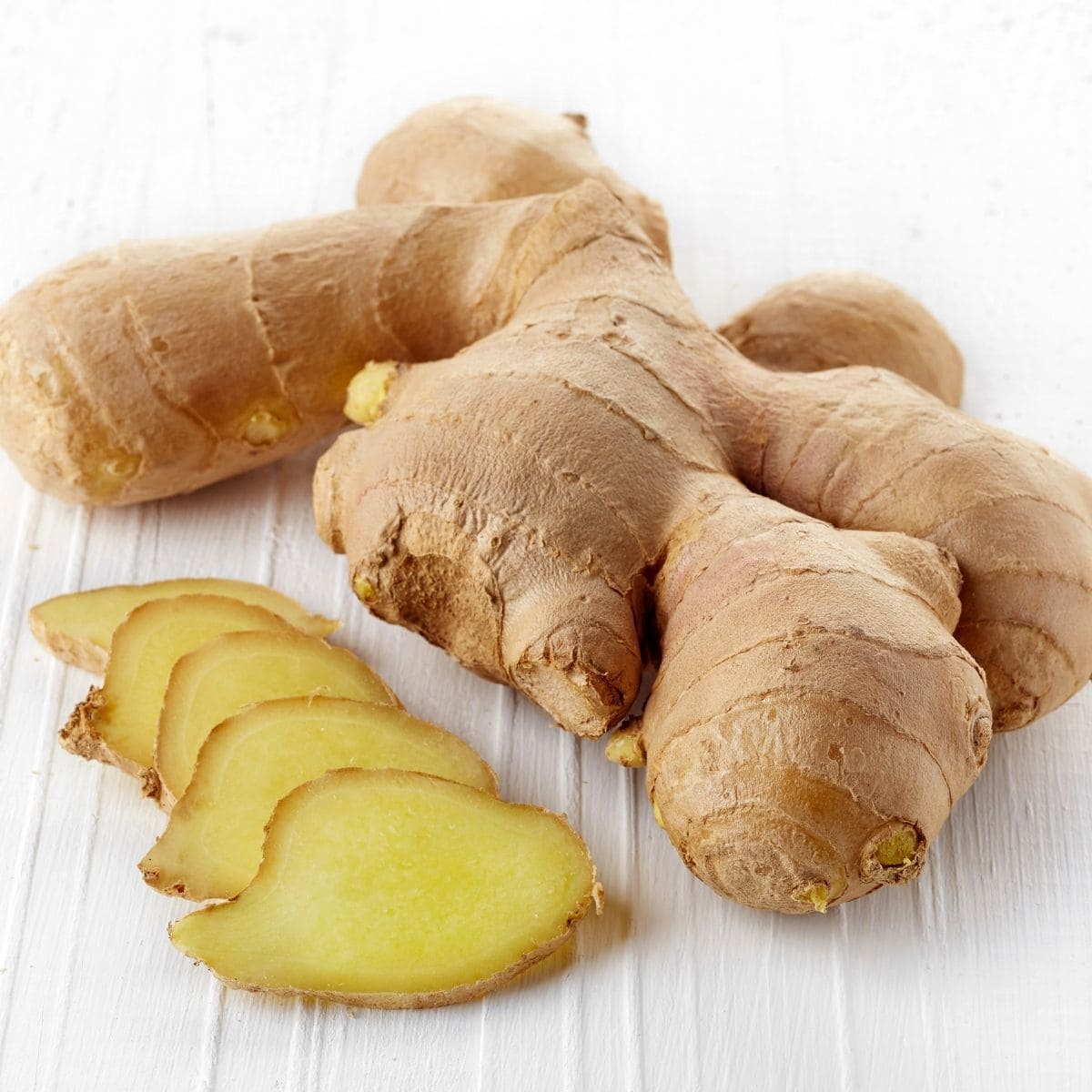
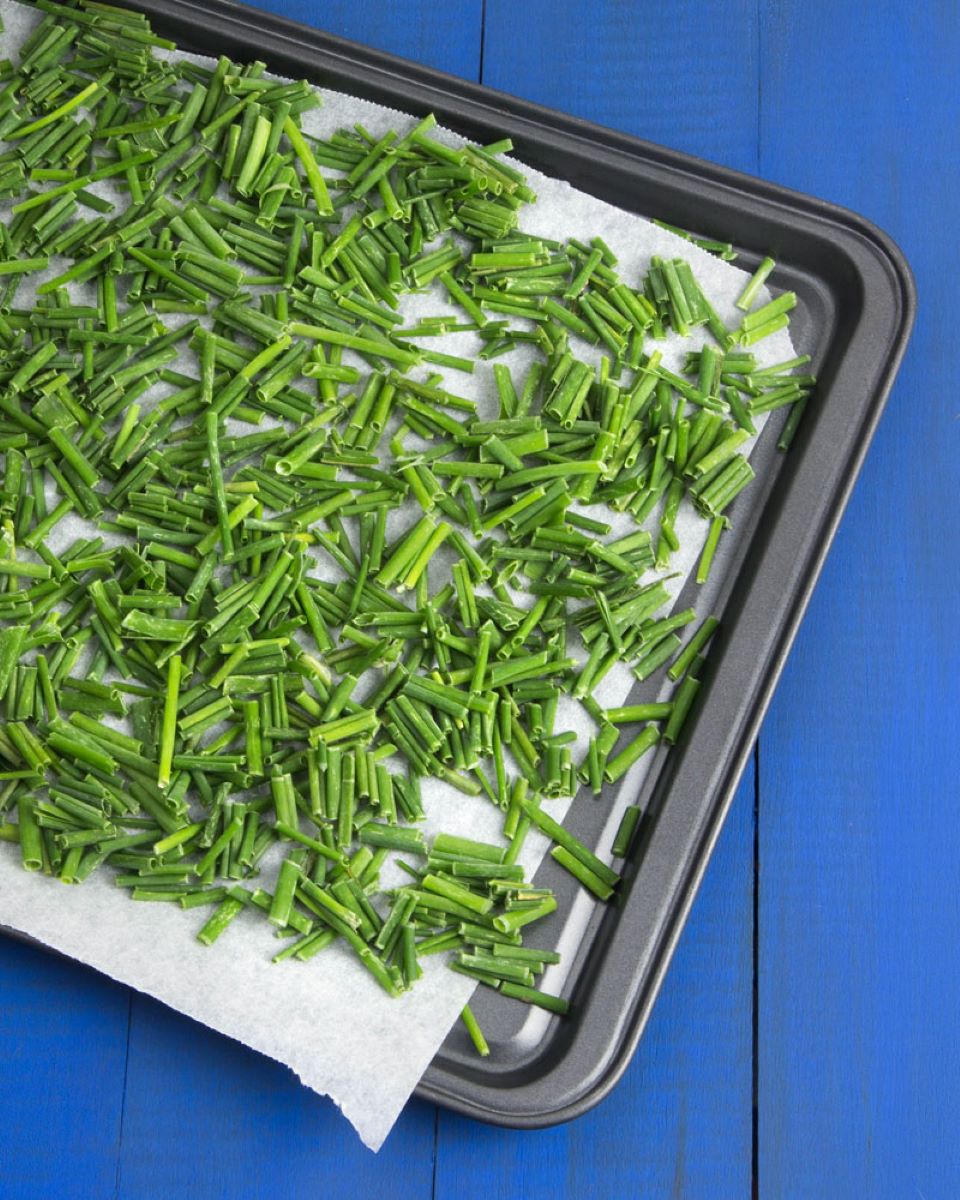
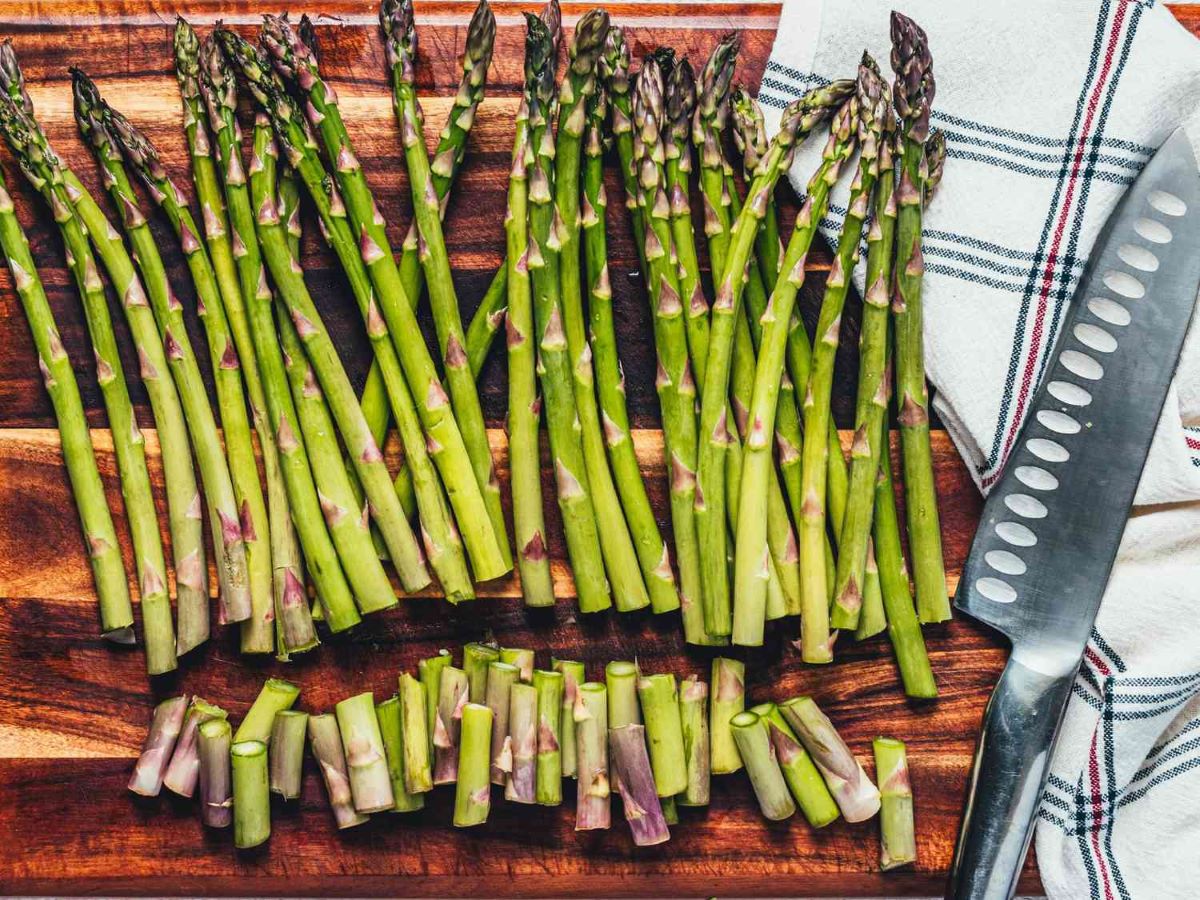
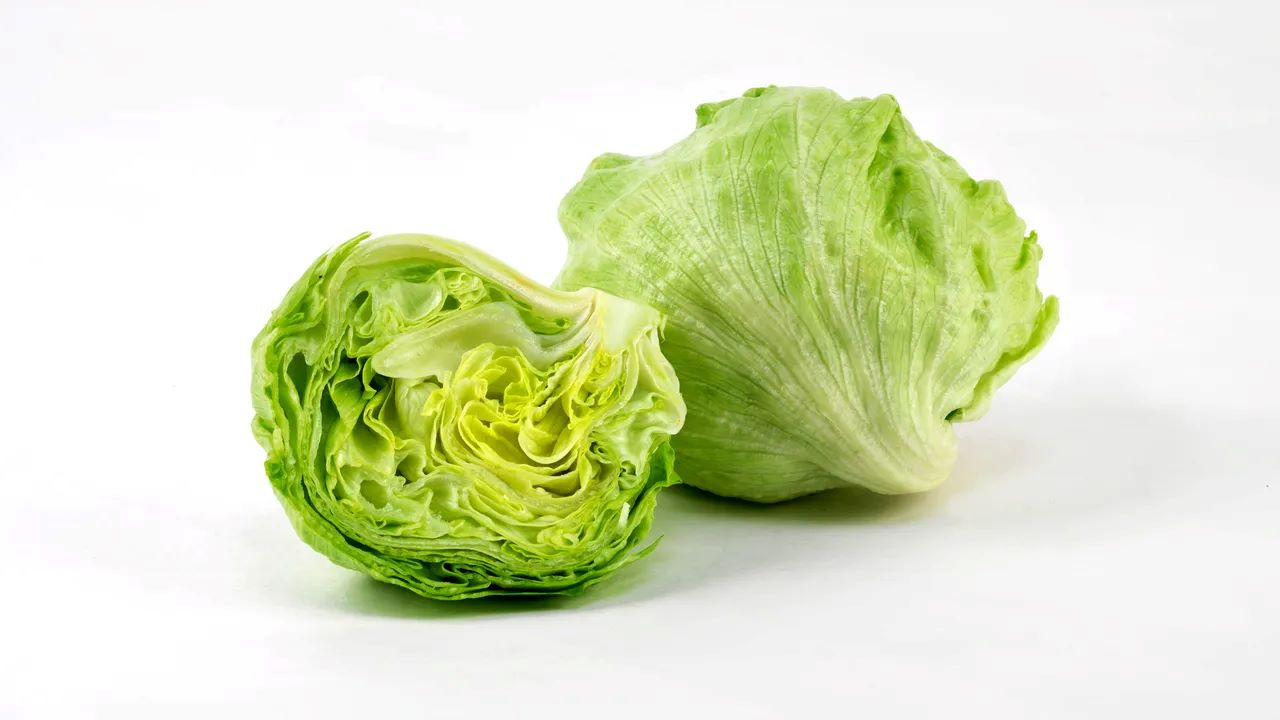
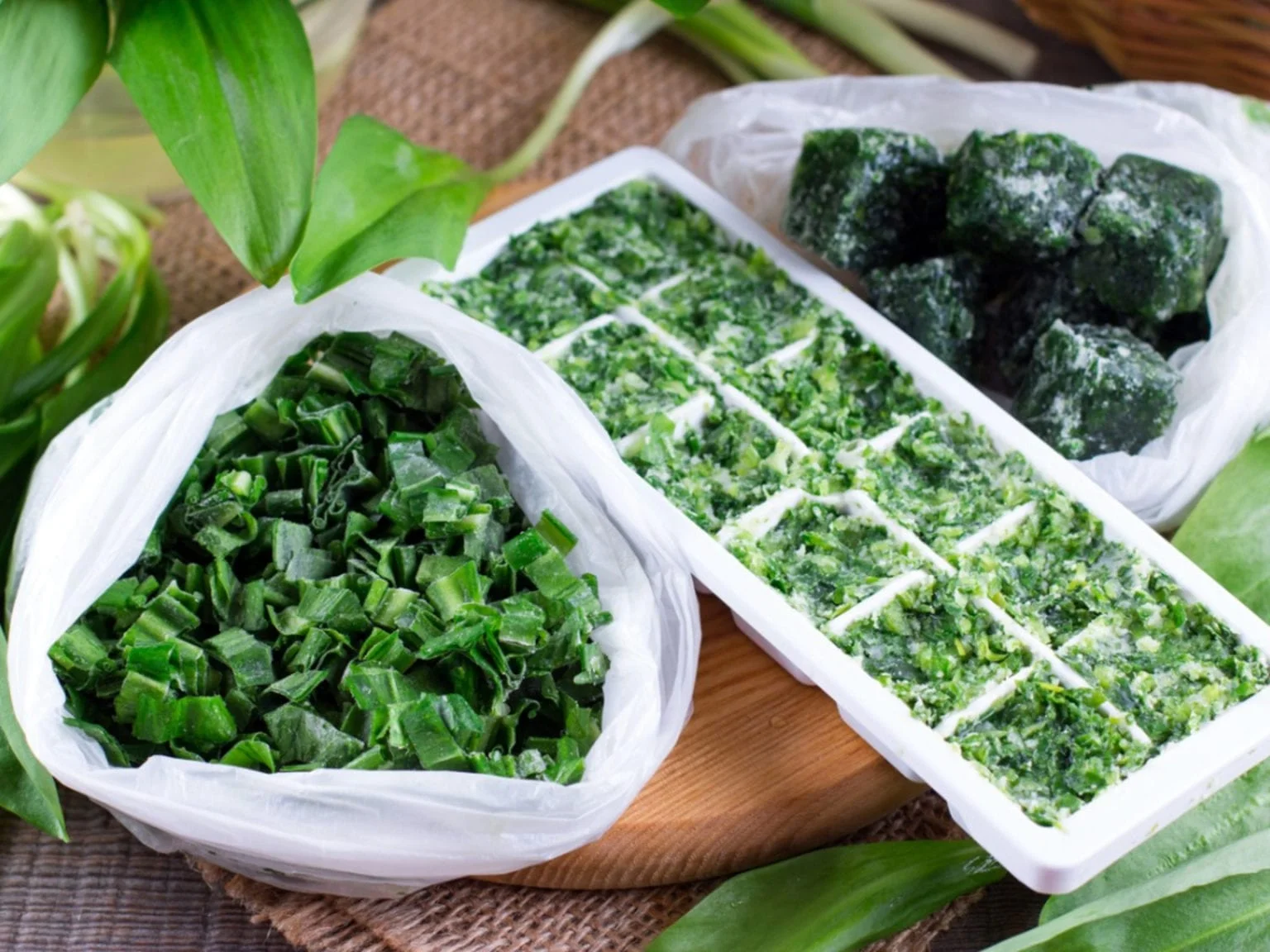


0 thoughts on “How To Store Fresh Cut Dill”